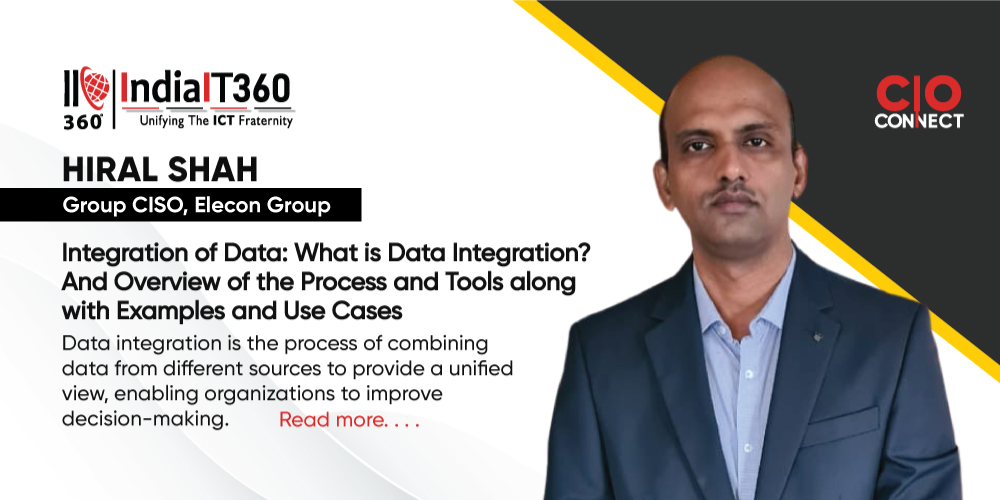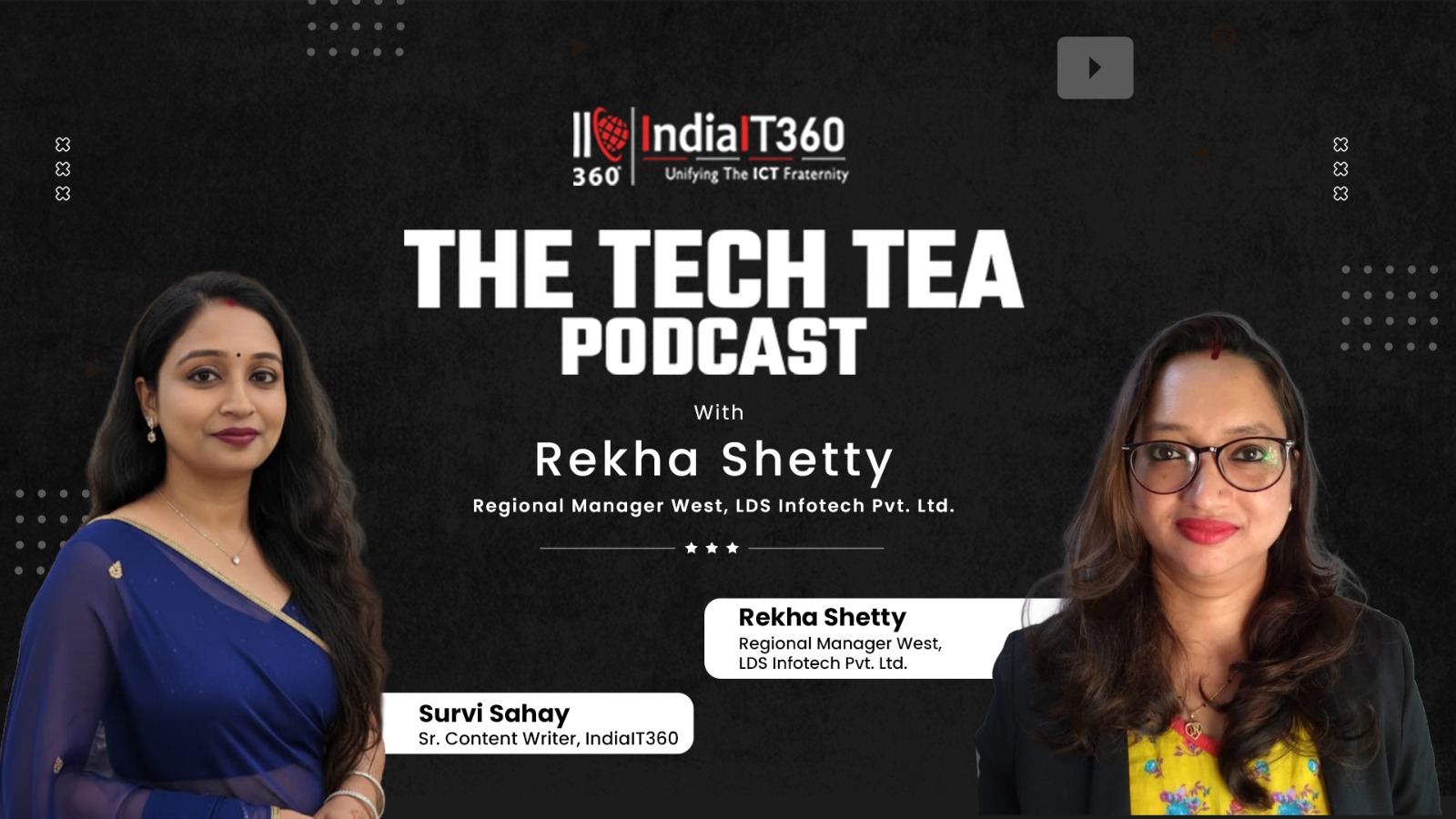Integration of Data: What is Data Integration? And Overview of the Process and Tools along with Examples and Use Cases
Data integration is the process of combining data from different sources to provide a unified view, enabling organizations to improve decision-making and derive insights. In the digital era, this process involves several steps, including data extraction, transformation, and loading (ETL) into a centralized repository. The ideal practices for data integration include:
- Using automation tools for real-time data processing.
- Ensuring data quality through validation and cleansing techniques.
- Adopting standardized APIs for seamless interoperability.
Effective data integration also demands consistent data quality checks and risk assessments to identify vulnerabilities and ensure data handling practices align with organizational policies and legal requirements. Utilizing secure integration frameworks and technologies can help streamline processes while enhancing compliance and security postures. Additionally, APIs, middleware, and data virtualization technologies are increasingly utilized to enable real-time data access and integration across diverse systems. As businesses generate more data from various sources, effective data integration is crucial for gaining insights and improving operational efficiency.
Data Integration Process
The data integration process generally involves several key steps:
- Data Collection: This is the first step, where data is gathered from various sources, including databases, cloud storage, applications, and external sources.
- Data Transformation: Once collected, the data needs to be transformed into a consistent format. This could involve cleaning the data, filtering it, and merging data from different sources.
- Data Loading: After transformation, the data is loaded into a target system or data warehouse for analysis.
- Data Quality Check: Ensuring that the data is accurate, complete, and reliable is critical. Any discrepancies must be identified and resolved.
- Data Presentation: The integrated data must then be presented in a way that is useful for analysis or reporting, often using visualization tools.
Tools for Data Integration
Several tools are available to facilitate data integration. Here are a few examples:
- DOMO: An AI-powered data integration platform that incorporates AI and ML into your business workflows, connecting cloud, on-premises, and proprietary data to build smarter, more connected operations.
- SQL Server Integration Services (SSIS): Used for data extraction, transformation, and loading (ETL) processes. It is a powerful tool within Microsoft SQL Server.
- Apache Nifi: An open-source tool designed for automation of data flows between systems. It offers a user-friendly interface for data ingestion and routing.
- Talend: An open-source data integration tool that allows for ETL processes and can connect to many different data sources, both on-premise and in the cloud.
- Informatica: A widely used data integration tool that supports data migration, data warehousing, and complex data transformation tasks.
- Apache Kafka: Primarily used for streaming data integration, allowing for real-time data transmission between systems.
Use Cases of Data Integration
- Customer 360 Degree View: Businesses often integrate data from CRM systems, sales databases, customer support software, and online activity to create a comprehensive view of customer interactions. This allows for improved customer service and personalized marketing strategies.
- Business Intelligence: Corporations use integrated data from multiple departments (e.g., sales, finance, HR) for reporting and analysis, helping to inform business strategies and decisions.
- Healthcare Data Integration: Hospitals integrate patient data from different systems (e.g., electronic health records, lab results, and billing systems) to provide a holistic view of patient care and streamline operations.
Arguments for Data Integration
Pro Data Integration
- Improved Decision-Making: By integrating data from various sources, organizations can gain comprehensive insights, facilitating better strategic decisions.
- Increased Efficiency: Automation of data integration reduces time spent manually consolidating data, enabling teams to focus on analysis rather than data gathering.
- Enhanced Collaboration: Integrated data promotes a unified approach across departments, leading to better communication and teamwork.
Con Data Integration
- High Initial Cost: The tools and processes required for data integration can be expensive, particularly for smaller organizations.
- Complexity: Implementing a data integration process can be complex, often requiring specialized knowledge and skills, leading to dependency on IT teams.
- Data Quality Issues: If data from disparate sources are not cleaned and maintained properly, poor-quality data can undermine the insights gained from integration efforts.
Refuting Opposing Points of View
- On Cost: Although the initial investment can be high, it should be considered against potential ROI. Streamlined operations and better data-driven decisions can lead to cost savings that outweigh initial expenditures.
- On Complexity: While the integration process can be complicated, modern tools have increasingly simplified workflows and require minimal coding skills, therefore reducing the dependence on specialized IT expertise.
- On Data Quality: Data quality issues can be mitigated by implementing rigorous data quality checks and using tools designed to audit and clean data. An investment in these areas enhances the overall reliability of integrated systems.
Conclusion
Data integration is an essential process that enables organizations to consolidate their data for enhanced insight and decision-making, making it a critical component in today’s data-driven landscape. While challenges exist, the benefits of comprehensive, accurate, and accessible data far outweigh the drawbacks. By leveraging modern integration tools and following best practices, businesses can unlock the full potential of their data, leading to improved performance and better outcomes.
Article Written by : Mr. Hiral Shah - Group CISO, Elecon Group








































